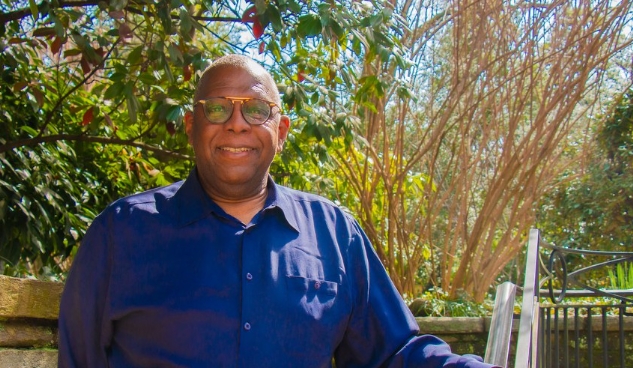Famous Black Landscape Architects: Shaping Our Outdoor Spaces
The field of landscape architecture is rich and diverse, yet it has often overlooked the contributions of many talented Black professionals. These landscape architects not only design beautiful and functional outdoor spaces but also integrate cultural heritage and community needs into their work. Understanding their contributions can inspire future generations and raise awareness of the importance of diversity in design.
Innovative Designs by Black Landscape Architects
One notable figure is Walter Hood, a celebrated landscape architect and artist known for his innovative designs that merge cultural narratives with ecological principles. His projects often reflect the history and identity of a place, creating spaces that are not only visually stunning but also meaningful to the communities they serve. For example, Hood’s work on the Oakland Museum of California Gardens emphasizes the region’s rich history while integrating sustainable design practices. His approach illustrates how landscape architecture can foster a sense of belonging and community engagement.
Pioneers of Environmental Justice
Another influential voice in the field is Mikyoung Kim, who champions the intersection of landscape architecture and environmental justice. Through her firm, Mikyoung Kim Design, she focuses on creating resilient landscapes that address both ecological and social issues. Kim’s projects, such as the Dragonfly Silver Gardens in Washington, D.C., exemplify how thoughtful landscape design can transform urban settings and enhance community well-being. Her emphasis on inclusivity and sustainability highlights the vital role landscape architects play in advocating for a healthier environment.
Education and Mentorship
Education plays a pivotal role in fostering diversity in landscape architecture. Professionals like Ibrahima Sow are committed to mentoring the next generation of landscape architects, particularly those from underrepresented backgrounds. Through programs and workshops, Sow encourages young people to explore careers in landscape architecture while emphasizing the importance of cultural context in design. By nurturing talent and providing educational opportunities, these architects help to ensure that diverse perspectives continue to shape the future of our public spaces.
In conclusion, the contributions of famous Black landscape architects are both inspiring and essential in the ongoing conversation about diversity in design. They not only create beautiful spaces but also advocate for social and environmental justice. By learning about their work and supporting initiatives that promote inclusivity, we can contribute to a richer, more equitable landscape architecture field. Let’s continue exploring and appreciating the diverse voices that shape our outdoor environments.

